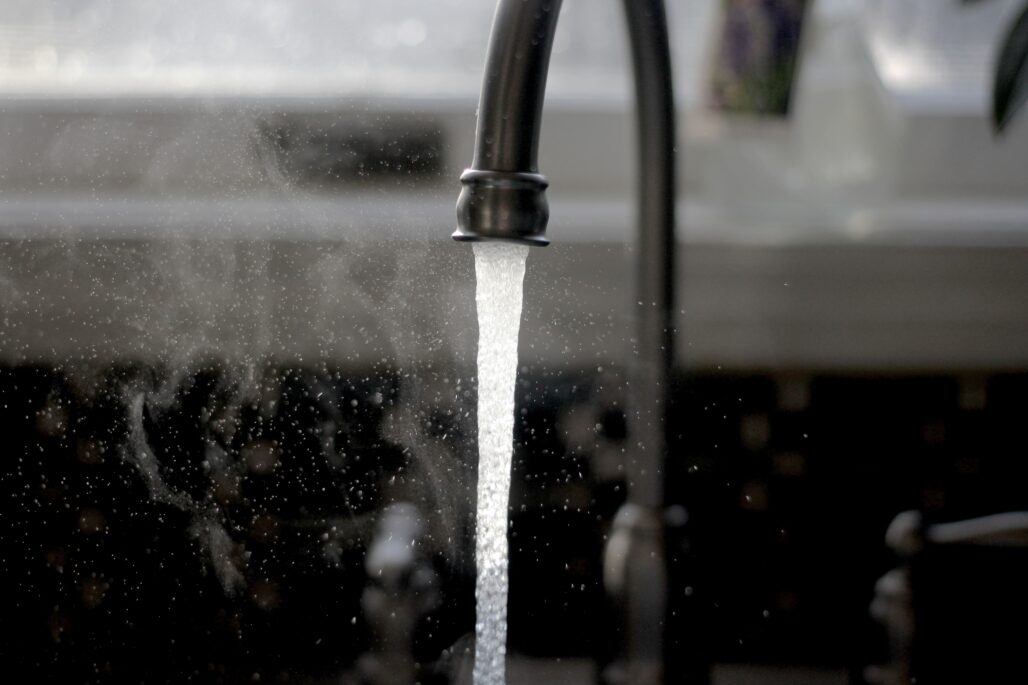The Eurydice Project
The ‘waste’ in ‘wastewater’ actually contains quite a few valuable resources. Domestic wastewater streams are already treated to recover components like Phosphorus, Nitrogen and cellulose. From drinking water production streams lime and iron pellets are recovered. The Eurydice project focusses on the wastewater streams produced by the Process Industry. A lot can be gained by recovering the lost resources in these streams that would otherwise go down the drain.
Why recycle Process Industry wastewater?
In the process industry wastewater streams contain countless valuable resources like: metals, different organic components (acetone, turpentine) and salts that are now discarded into the sewage system, or treated and discharged into waterways. Not only would it help the water treatment plants if these resources were recovered, it would also mean that they can be re-used within the industry that would normally lose them as part of their waste water streams. This is why companies aim for a closed cycle in which no resources are lost.
Two types of streams
In order to find a way to achieve this ‘zero discharge’ process, AkzoNobel, Corbion, DOW Benelux and Hexion, TNO-ECN, WITO and KWR have found each other in the ISPT coordinated Eurydice project. Two specific and distinct problem situations emerged from the day to day experience shared by these different companies: the recycling of salts like kitchen salt and lime and the recovery of organic components, like acetone and turpentine. Developing one or multiple techniques to recover these and other components will be the main focus of this project.
From Technical to Economical
It’s technically possible to use less valuable products energy-wise to selectively separate waste water flows. The aim is to find economically as well as technically feasible solutions for the retrieval of salts and organic components. And by doing so increase the energy efficiency within the chain by at least 25% while lowering its energy consumption by at least 10 PJ per year. This could also mean large economic advantages for the companies involved.
Where to start?
In order to achieve this the project partners first started by identifying the different wastewater streams that result from the different types on process industry. This was then followed by a broad technological inventory of new, and new combinations of existing, technologies. These results were processed into a techno-economic analysis and the most promising ones were eventually validated on a pilot-demo-scale.
Is it feasible?
It turned out that creating a ‘one size fits all’ type of separation technology for the recovery of organics and or salts from process water streams in general was impossible. The water streams in every case study had such unique characteristics that it made a tailor made solution for the different types of streams and recoverables inevitable. In general the work performed in this project has mainly resulted in new relevant knowledge about the application of technologies of process water with a high salt content. The removal of organics from salt water streams to levels necessary to reuse however turned out to be more challenging. Therefore follow-up research is needed.
What’s next?
The knowledge gained from the experiments on the removal of salts is promising and can be further developed. A spin off as well as a parallel project – the ‘Bigger Botlek Brine Recycling’ (BBBR) – will focus on the removal of organics from brine streams. The intention of this project is to create a closed loop for chlorine and chloride. The ZERO BRINE project, where the ISPT is a partner, that aims to recover and re-use salt and water from brine streams containing organics that result from several different industrial processes is now also in full swing.
